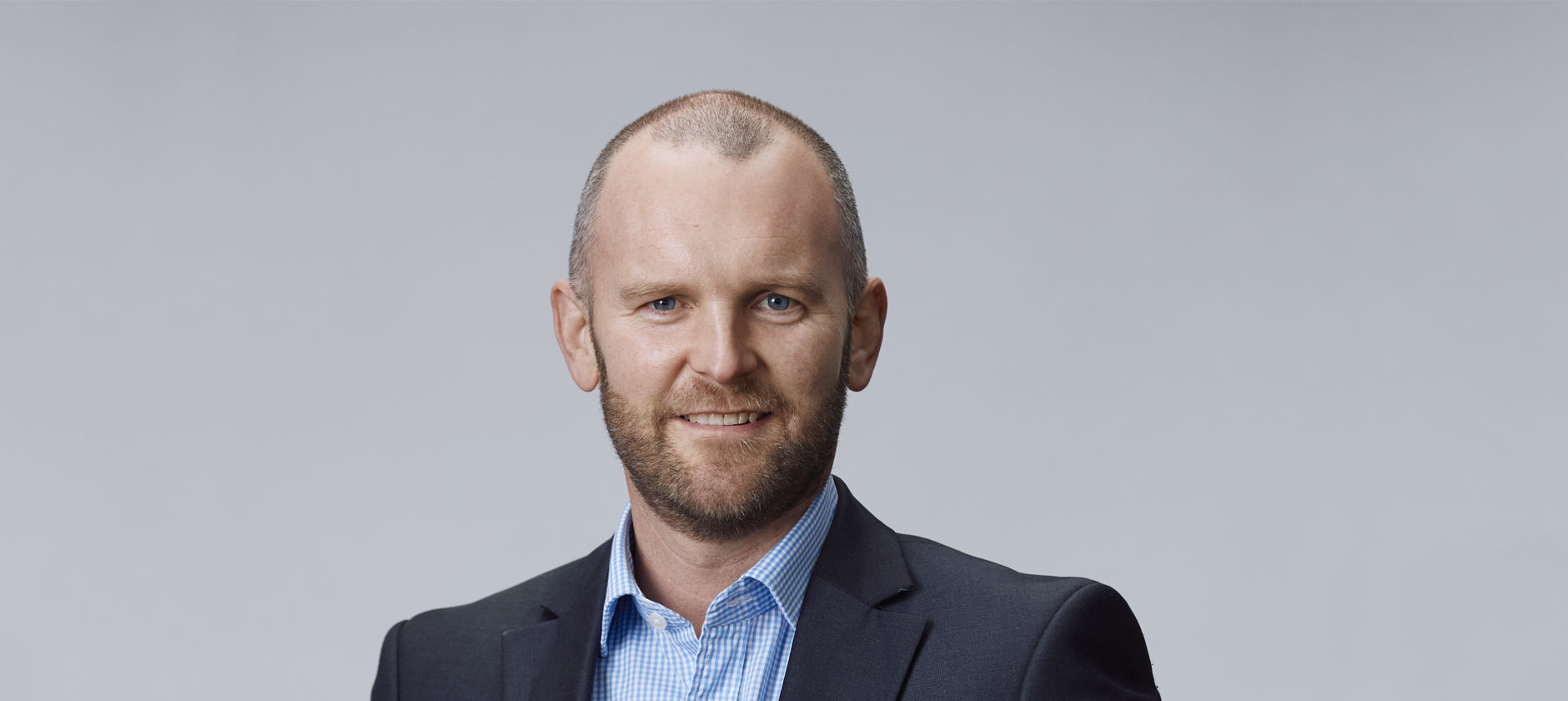In today's Market Pulse, Chief Property Economist Kelvin Davidson analyses the shift in investor's property purchasing activity.
The drop in mortgaged investors’ share of property purchases over the past few years has been driven by the smaller players, including those who might otherwise have bought their first rental property. But as the tax rules change with full mortgage interest deductions, the ‘Mum and Dad’ buyers will be a group to track closely again.
The CoreLogic Buyer Classification data shows that mortgaged multiple property owners (MPO), including investors, have been relatively quiet lately, accounting for just 21% of property purchases in the third quarter of 2023 – vs the average of 25%.
But we can also break down that figure by size, and as it turns out, it’s been MPO-2’s - someone who now owns two properties after their latest purchase, e.g. the house they live in and their first investment (or it could their second rental, and they also rent themselves) - and MPO 3-4’s that have seen their share of purchasing activity drop the most.
The first chart shows that, from a peak share of 9% in early 2021, mortgaged MPO-2’s now account for about 6% of purchases, while MPO 3-4’s are down from 7% to less than 5%. By contrast, the share for MPO-10+ has been fairly steady at 3-4%.
In other words, it’s the cliched ‘Mum and Dad’ investors, perhaps those buying their first or second rental property, who have pulled back the most – either by choice (e.g. opting for a term deposit instead) or having it forced upon them by changed lending criteria around minimum deposits or serviceability requirements. In fact, when you compare the MPO-2’s and MPO 3-4’s to their own troughs in 2018, it’s actually the latter group that has been a bit weaker still.
Either way, it’s certainly quite difficult to get the sums to stack up on a ‘standard’ existing rental property purchase at present, with gross yields low and mortgage rates high, deposit requirements sitting at 35%, and no deductibility of mortgage interest. The negative gap between yields and mortgage rates currently sits at its highest (worst) level in around 15 years (see the second chart, over the page) – meaning large cash top-ups from other income sources are typically required. It’s not hard to run examples where top-ups would be $350-$400 per week.
For new-build property purchases the sums look different, given they still have full interest deductibility for 20 years, while refurbishments of older properties are anecdotally still paying well for those with the know-how. But these options aren’t open to, or favouredby, everyone.
Looking ahead, however, some of this is set to change. In particular, the political shift to the centre-right, and the looming changes to property tax rules – namely a shorter Brightline Test for all properties/owners, and the phased reinstatement of mortgage interest deductibility for both new and existing landlords, and for older properties.
1. NZ % share of property purchases by investor size

(Source: CoreLogic)
On the back of these changes, it seems pretty likely that some investors will begin to grow their portfolios again, while of course existing owners will enjoy lower tax bills too. But will there be a flood of new property investment purchases? On that question, there have to be some doubts, at least for the next year or two, given that a lower tax bill will still leave the top-ups at pretty significant levels on many properties – on the back of continued low rental yields and ‘higher for longer’ mortgage rates.
More positively for property investors (albeit not tenants), however, the migration boom now seems to be showing through in terms of faster rental growth, especially in the main centres, including Auckland (see the third chart). With rental vacancy rates tight, further growth in income streams appears likely.
Another thing to consider is the possibility that caps on debt to income (DTI) ratios for mortgage lending are imposed by the Reserve Bank next year. This could impact ‘mid-range’ investors the most, say an MPO 3-4, who has already used the equity in their own house and acquired large debts too – even if those properties don’t require much in the way of top-ups.
Overall, a full-scale comeback by investors may not be on the cards in the near term. If anything, however, it’s the smaller players who could start to perk up the most. They may already have some cash in the bank, a bit of equity in their own house, and less to lose from a possible DTI system.
Even then, however, the combination of low gross rental yields and high mortgage rates for the foreseeable future will remain a significant hurdle.
2. Average rental yields and mortgage rates

(Sources: CoreLogic, MBIE, RBNZ)
3. Annual % change in flow measure of rents

(Source: Stats NZ)
